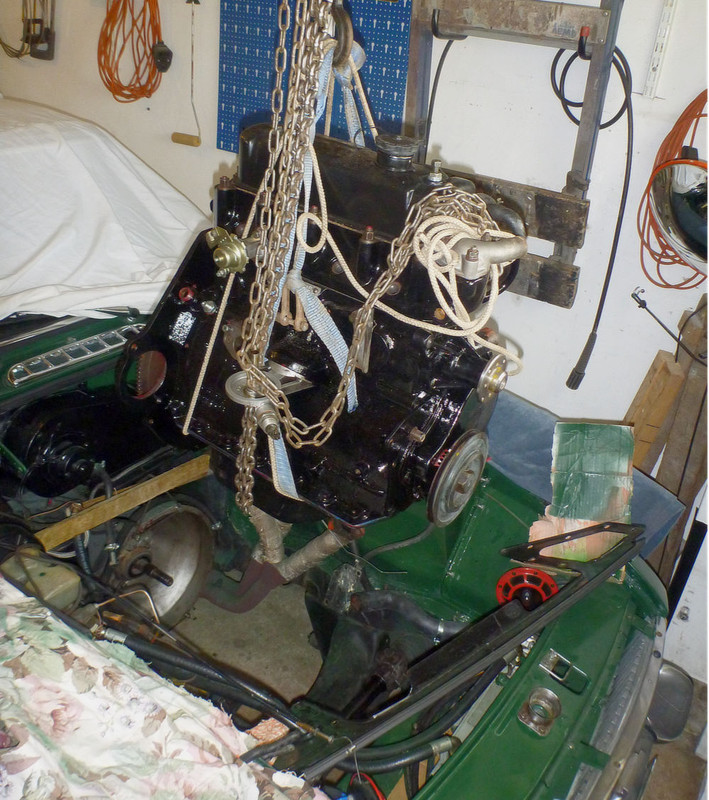Caraway
Well-Known Member
Except you were suggesting using a screwdriver or drift. Not knowing how adept the OP is, the tap on the rocker arm delivers the impact where it is needed and not on the valve cap (collar) or collets, which would not necessarily move the valve stem. As I am sure you will agree.Post #8 seems relevant.
Richard

